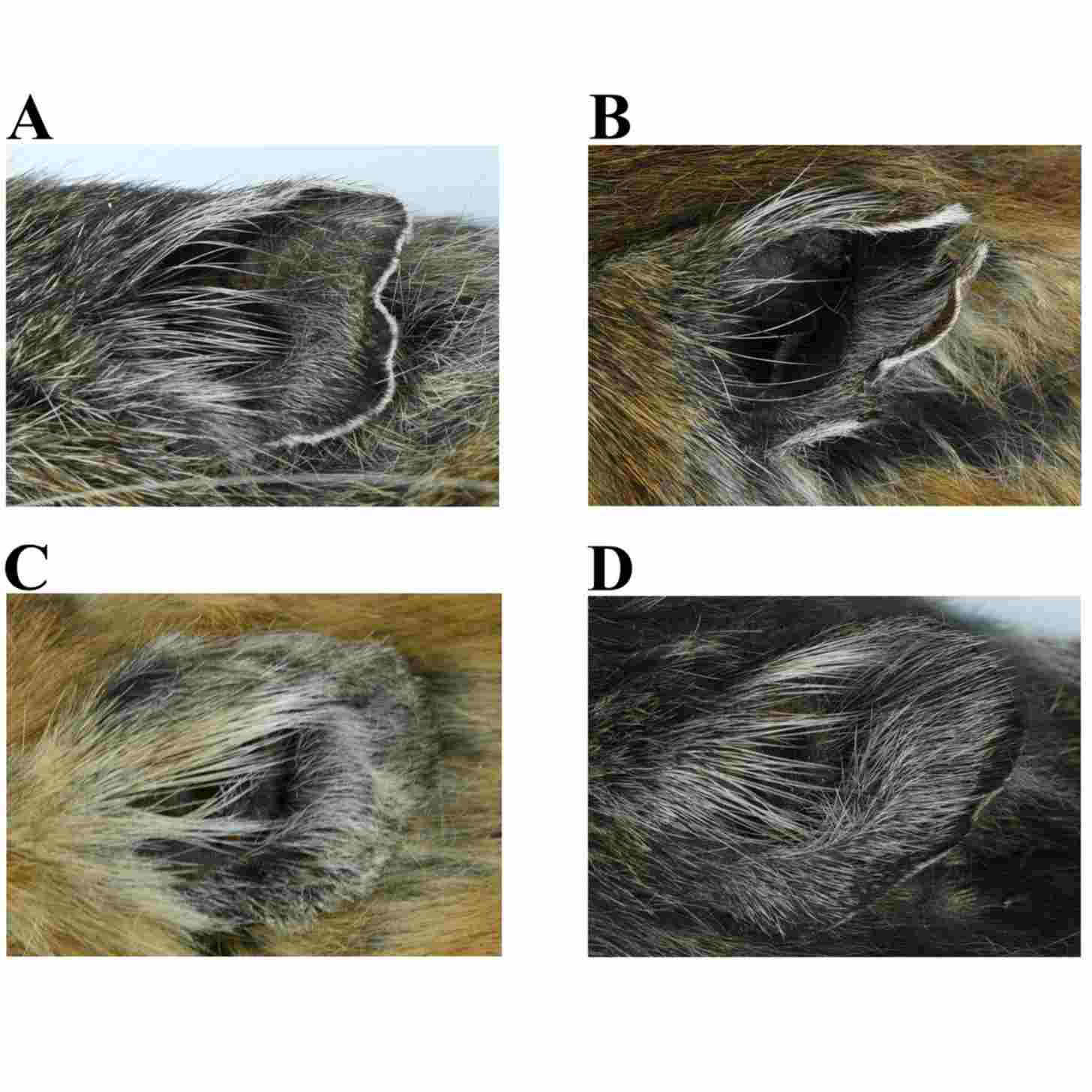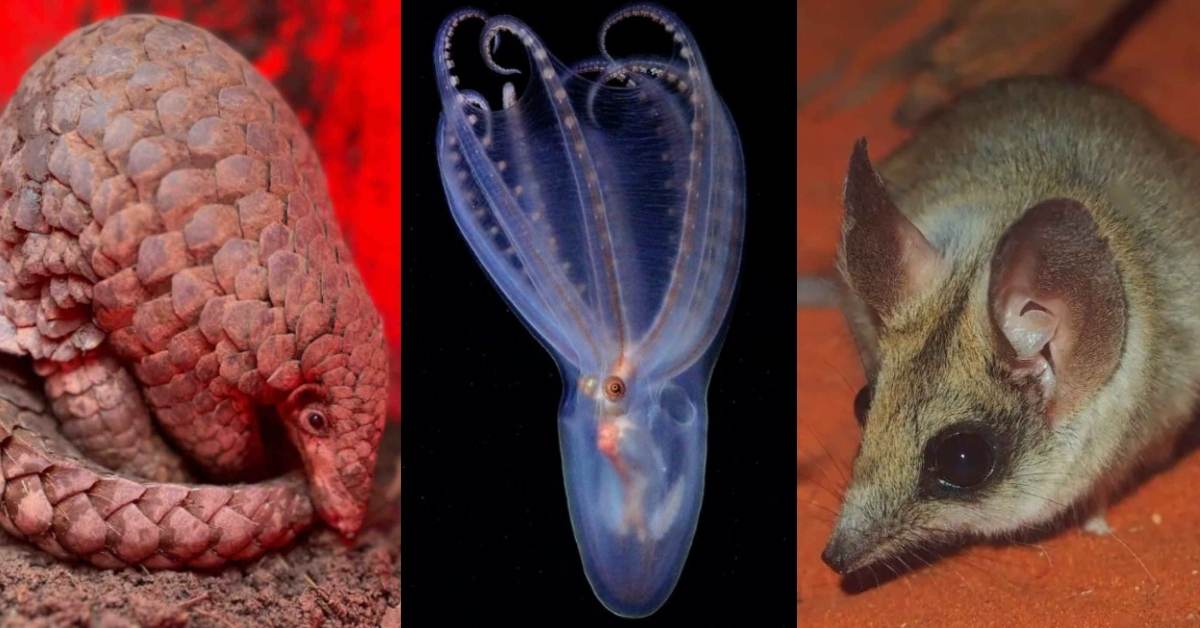It’s taken over 20 years, but researchers at the Sichuan Academy of Forestry, in Chengdu, China, have finally confirmed two new species of pika in the Himalayan region.
Using data collected from 2003, 2023, and 2024, researchers Pan Xuan and Wang Xuming were able to delineate previously unidentified species as Ochotona galunglaensis and O. legbona.
“Our findings highlight the previously underestimated diversity within Conothoa and contribute to a more comprehensive understanding of pika diversity in the Himalayan region,” Xuan and Xuming observed in their study, which was published in Ecology and Evolution.
Pint-sized pikas, which resemble hamsters in appearance, are not rodents but lagomorphs, meaning that they are closely related to rabbits and hares.
They're known for their chirps, squeaks, and screams, which they use to attract mates and scare off mountain predators.

The two new species join an additional 30 types of pika species — found throughout Asia, North America, and Eastern Europe — all of which protect their native habitats through foraging, speed dispersal, and providing early indications of climate change.
Although most populations of pika are stable, there is one in dire need of conservation: the famous Ili pika.
Also known as the “magic rabbit,” the 8-inch critter resides in the Tian Shan mountains of northwestern China. The pika, which resembles a teddy bear, is listed as endangered on The IUCN Red List of Threatened Species.
The Ili pika was first discovered by conservationist Weidong Li in 1983. Despite the species’ protections under the local government, Li has been campaigning on their behalf for over 40 years.
“It is a cold-tolerant animal, and with global warming, shrinking range and numerous natural enemies, it could become extinct without manual intervention,” Li told Xinjiang Daily in 2023.
In 2014, thanks to Li’s efforts, the Xinjiang Uygur Autonomous Region approved the establishment of a “Tianshan No.1 Glacier” conservation area and Jinghe County established an entire Ili pika sanctuary.
As nearby plants and mines were shuttered permanently, the entire area became closed to tourists. In the decade since, native species like the snow leopard have rebounded, giving Li hope for the future of the Ili pikas.
Li, who is now 69, named the Ili pika after the Ili region in northern Xinjiang, China, where he was born and raised. He continues to work with volunteers at the sanctuary and safeguard the tiny mammal’s future.

“I can’t accept them going extinct since they [were] discovered and named by me,” Li said.
Tian Xiangdong, a volunteer who has worked beside Li for years, spoke to the passion evident in Li’s conservation efforts.
“Every time he goes into the wilderness, he drives hundreds of kilometers, taking rough mountain roads, and comes to mountain [bases] covered with gravel,” Tian explained.
“Then he climbs to mountain tops over 4,000 meters with bare hands, and sets up infrared cameras, checks [droppings] and stored straws of Ili pikas.”
“Only by doing so,” Tian said, “would he set his mind at ease.”

While the researchers of the two newly discovered species of Ochotona galunglaensis and O. legbona did not have an estimate of the species' respective population sizes — which will determine future conservation efforts — they said their findings invite further research.
“This finding highlights the previously underestimated diversity of pikas in the Himalayan region and contributes to a more comprehensive understanding of their taxonomy,” Xuan and Xuming noted.
“Future studies using whole-genome sequencing will be key to resolving remaining taxonomic uncertainties in this complex group.”
To see pikas test out their “warning calls,” watch the video below:
You may also like: Two new species of 'paintbrush-tailed' marsupials discovered in Australia: 'They are ferocious predators'
Header image via Rick Cameron / Flickr (CC BY-NC-ND 2.0)



